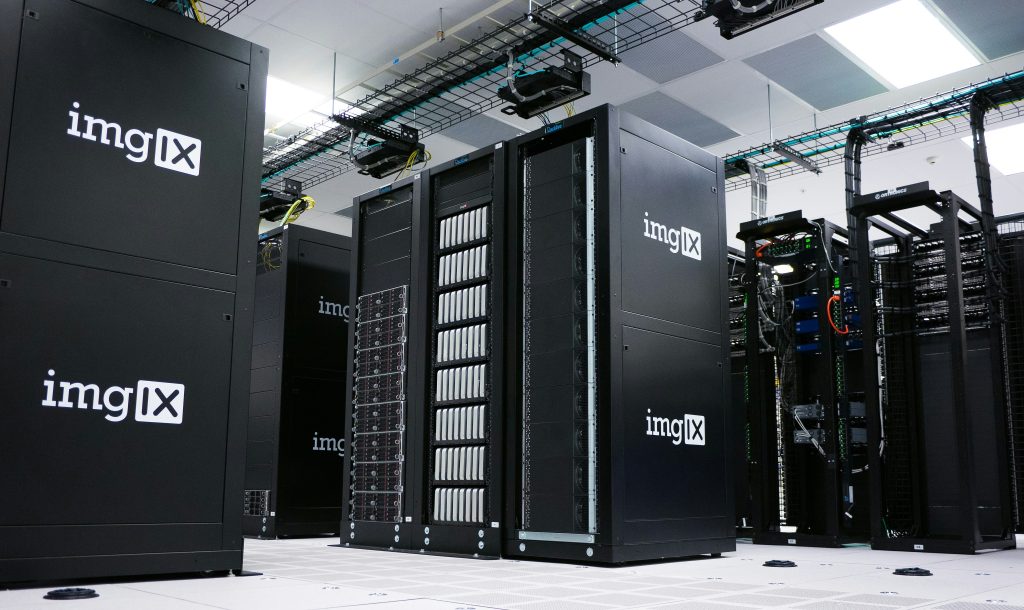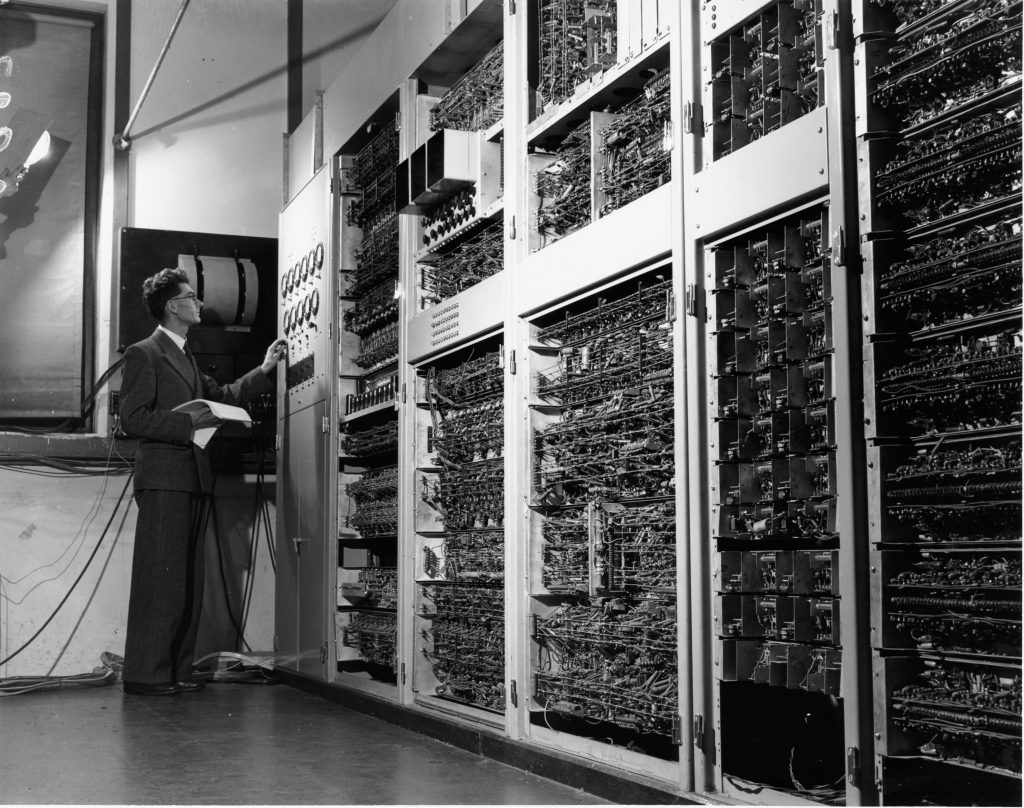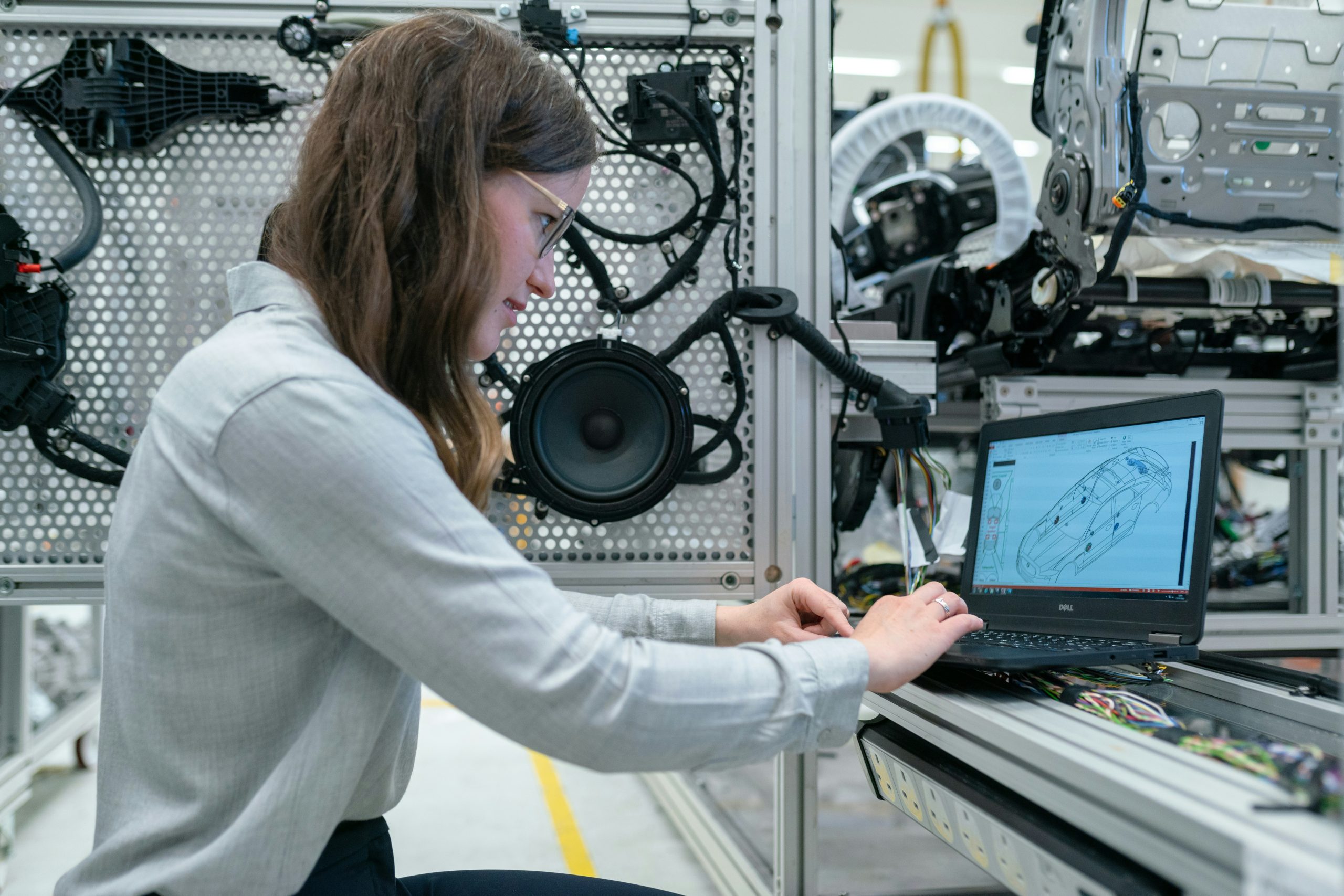The Future of Quantum Internet: Securing Data with Physics
2 What Is the Quantum Internet?
Unlike today’s internet, which relies on classical bits (1s and 0s) to transmit information, the quantum internet uses qubits, which can exist in multiple states at once thanks to superposition. Even more crucial is the phenomenon of entanglement, where two qubits become linked in such a way that the state of one instantly influences the other, regardless of distance.
These principles allow for entirely new methods of communication and encryption that classical systems simply can’t match.
3 Quantum Key Distribution (QKD): The Heart of Quantum Security
One of the most promising applications of the quantum internet is Quantum Key Distribution (QKD). QKD uses quantum particles to generate and share encryption keys in such a way that any attempt to intercept or observe the key instantly alters its state—alerting the users to the eavesdropping attempt.
Unlike conventional encryption, which can be broken by brute force or quantum computers in the future, QKD is fundamentally secure, protected by the laws of physics rather than mathematical complexity.

4 Why We Need It: The Post-Quantum Threat
With the advent of quantum computers, today’s encryption methods like RSA and ECC are at risk. These algorithms rely on the difficulty of mathematical problems, such as factoring large numbers, which quantum computers could solve in seconds. This looming post-quantum threat makes it critical to develop new ways to secure communications before classical encryption becomes obsolete.
5 Building the Quantum Internet
Developing a quantum internet is no small feat. It requires:
1 Quantum repeaters to extend communication over long distances without destroying the entanglement.
2 Quantum memory to store entangled particles reliably.
3 Entanglement distribution networks that can function across vast geographic regions.
Countries like the U.S., China, and members of the EU are investing heavily in quantum research. In 2020, China demonstrated the world’s first secure quantum satellite network, while the U.S. Department of Energy released a blueprint for a nationwide quantum internet.

6 Challenges Ahead
Despite its promise, the quantum internet faces major technical and logistical challenges:
1 Maintaining entanglement over long distances remains extremely difficult.
2 Environmental noise and photon loss degrade quantum signals.
3 Integration with classical networks will require hybrid systems.
However, as quantum technologies mature, many of these barriers are expected to fall much like the early days of the classical internet.
7 New Era of Data Security
The quantum internet promises a future where data breaches become virtually impossible, governments communicate securely, and banking systems are fortified by quantum laws. It won’t replace the current internet but will augment it, providing a layer of ultra-secure infrastructure for critical communications.
In short, the quantum internet isn’t just a technological upgrade it’s a paradigm shift. One where physics, not software, becomes our greatest ally in the fight to protect digital information.






